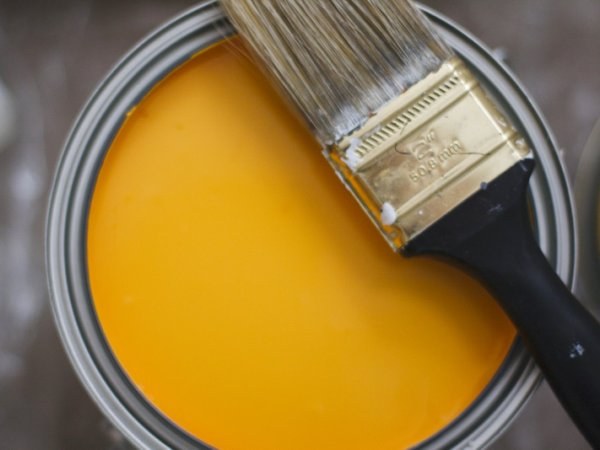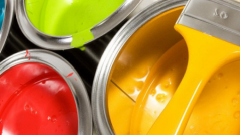You will need
- - paint for the walls;
- - paint brush;
- - floats for grout and grinding;
- - spatula;
- - roller;
- - metal brush;
- - capacity under the paint (bucket);
- - step ladder.
Instruction
1
Before you paint the exterior walls of the building, please rate the quality of their coverage. Quite often the new colored plaster has an attractive appearance even without staining, so you may decide to wait with the painting until, while plaster will not lose its original appearance. The advantage of the plastered surface that is highly resistant to weathering and atmospheric precipitation.
2
If you decided to paint the walls before you begin to paint, prepare a plastered surface. Seal the cracks if necessary. Defective places podmate putty. Perform a smoothing of the walls, using a special brush for grout plaster. Make sure that the plaster is firmly connected with the wall and can't flake off.
3
In the preparation of walls for plaster adhesive plaster, apply wooden or rubber spatula, for oil and varnish putty, use a metal spatula. A liquid composition apply swing a brush, smoothing out the putty in opposite directions.
4
After solidification of the filler Polish the wall with sandpaper. Before painting plaster glue paints be sure to treat the surface of the water primer. Remember that the quality of surface preparation will depend largely on the longevity of the applied paint.
5
Heed to the choice of colors. Fresh plaster can have an excess of alkali, so use a paint-based solvent is not recommended. Using organic soluble dyes, keep in mind that fresh plaster should first be completely dry, after which it should protect the synthetic primer.
6
Staining of plaster make a wide swing a brush, carefully and without any gaps processing the entire wall surface. After drying of the first coat of paint is apply a second coat. If the paint in the process thickens, use it for mixing drill with a special nozzle of bent wire. Painted walls will look; if necessary, correct any defects (stains, gaps, etc.).

